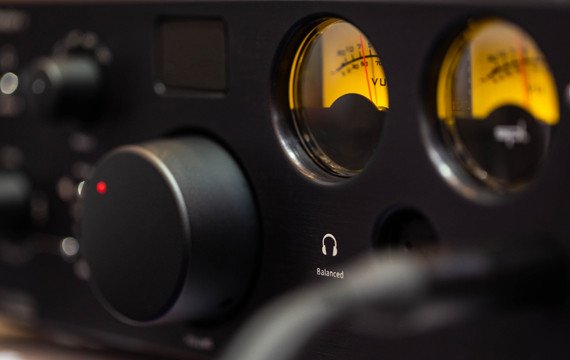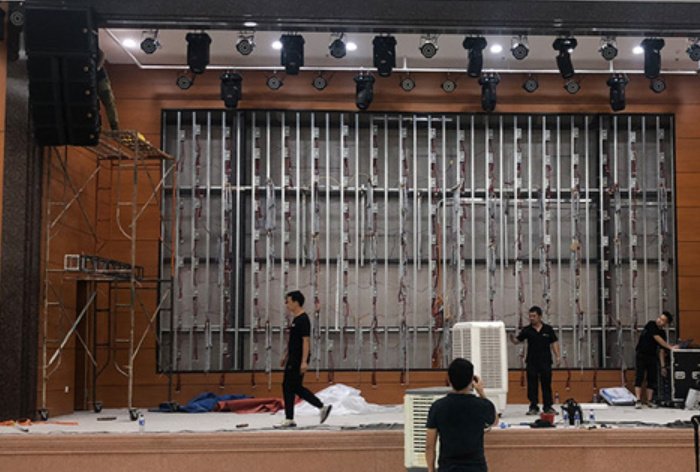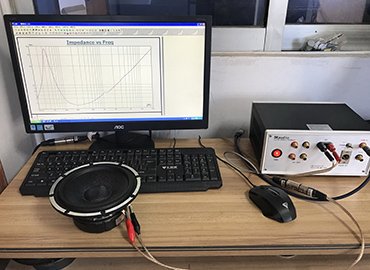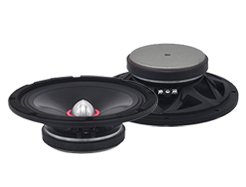Your Professional Power Amplifier Manufacturer
In China, MR AUDIO is the leading power amplifier manufacturer and supplier. Our company specializes in high-end speakers, subwoofers, amplifiers, and other audio equipment. For your power amplifier requirements, we may design them to match your needs.
- 20 years of OEM production experience
- Advanced manufacturing equipment
- 9000 quality system certification
- Provide one-stop service
Your Professional Customization Power Amplifier Brand
To ensure the quality of each power amplifier device, MR AUDIO uses advanced testing equipment and the CLIO online testing system. Our goal with our power amplifier devices is to satisfy our consumers.
The power amplifier’s quality is assured at MR AUDIO, and it comes with a two-year warranty. You can rely on MR Audio for everything from material procurement through power amplifier manufacture, packaging, and distribution.
We can provide you with high-end power amplifiers at a reasonable price.
MR Audio Your Trusted Power Amplifier Manufacturer
Description: Power Amplifier
Nominal Impedance: 8 Ohms
Stereo Power Output: 2*250 Watts
Frequency Range: 20-20kHZ
Sensitivity (1W/1m): 100 dB
Description: Power Amplifier
Nominal Impedance: 8 Ohms
Stereo Power Output: 2*500 Watts
Frequency Range: 20-20kHZ
Sensitivity (1W/1m): 100 dB
Description: Power Amplifier
Nominal Impedance: 8 Ohms
Stereo Power Output: 2*350 Watts
Frequency Range: 20-20kHZ
Sensitivity (1W/1m): 100 dB
Description: Power Amplifier
Nominal Impedance: 8 Ohms
Stereo Power Output: 2*1100 Watts
Frequency Range: 20-20kHZ
Sensitivity (1W/1m): 98 dB
Description: Power Amplifier
Nominal Impedance: 8 Ohms
Stereo Power Output: 2*500 Watts
Frequency Range: 20-20kHZ
Sensitivity (1W/1m): 112 dB
Description: Power Amplifier
Nominal Impedance: 8 Ohms
Stereo Power Output: 4*400 Watts
Frequency Range: 20-20kHZ
Sensitivity (1W/1m): 100 dB
What is the role of power amplifier?
Refers to an amplifier that can produce the maximum power output to drive a certain load (such as a speaker) under a given distortion rate. The power amplifier plays a pivotal role of “organization and coordination” in the entire audio system, and to some extent dominates whether the entire system can provide good sound quality output.


How to choose a power amplifier?
Input impedance between 5000-15000Ω, the larger the value, the stronger the anti-interference ability;
Distortion degree below 0.05%; Then the Signal-to-noise ratio; The larger the value, the cleaner the sound.
MR Audio - Your Professional Power Amplifier Manufacturer in China


Do you want to get the best power amplifier from China’s best company? MR AUDIO is the one for you. We’ve been working for over 20 years to give the most comprehensive services necessary to increase your business rate.
Our power amplifier features the cutest design and style. It’s available in various sizes to fit your specific speaker’s needs. Can purchase it with the smallest amount of funding.
The most well-known brand in the world awarded the power amplifier the highest honor. We put our expertise to work in offering excellent service through our products.
Customers can get free packaging design for their speakers from MR AUDIO, which is more by their products and markets. We also offer one-stop warehousing, logistics, customs declaration, and customs clearance service.
If you want to include a power amplifier in your business, MR AUDIO is the way to go! Any OEM and ODM services are welcomed with open arms.
You can reach out to us at any time. We hope to create a long-term, mutually beneficial business partnership with you.
MR AUDIO is also available to you 24/7 hours to address all of your needs.

Why Choose MR Audio
- Workshop
- Exhibition Display
- Certificate Display

Recommend Product MR Audio Can Support You
Basics Power Amplifiers
Power Amplifier Introduction
A power amplifier plays the function of taking an input signal from a source like a personal computer, mp3 player, or a TV, and converts the original signal into a larger version and it is sent to speakers.
The source of power to support an amplifier to do this is electricity. In the process, the alternating current is changed to a direct current that only flows in one direction before being sent to the transistor.
The transistor controls how much current flows through the circuit at any one time by acting as a valve. This choice is made based on the size of the source’s input signal. The transistor will therefore permit more current to flow when the signal is strong, leading to a bigger amplification.
The volume control plays the role of determining how much of this current is passed through to the speakers.
Power Amplifier Classes
| Class | A | B | AB | C |
| Conduction
Angle |
360o | 180o | 180 to 360o | Less than 90o |
| Position of
the Q-point |
Centre Point of
the Load Line |
Exactly on the
X-axis |
In between the
X-axis and the Centre Load Line |
Below the
X-axis |
| Overall
Efficiency |
Poor
25 to 30% |
Better
70 to 80% |
Better than A
but less than B 50 to 70% |
Higher
than 80% |
| Signal
Distortion |
None if Correctly
based at |
At the X-axis
Crossover Point |
Small Amounts | Large Amounts |
It is classified into 4 types: Class A, Class B, Class AB, and Class C.
Class A Power Amplifier
It amplifies both the positive and negative portions of the waveform or the full waveform input. This is due to the transistor conducting or being in an ON state during the entire cycle. It has a 360-degree conducting angle.
Property:
- Low degrees of signal distortion
- Consistently acting
- No difficulties with turn-on time or charge storage.
- Around 25% to 50% efficiency
- Makes a great deal of heat
Class B Power Amplifier
Class B power amplifiers, in contrast to Class A power amplifiers, only amplify one-half of the waveform, either the positive or negative side. This is due to the amplifier’s limited half-cycle conductivity. It has a 180-degree conducting angle.
The input signal is only amplified in half by this amplifier.
Property:
- High efficiency of 75% to 78% and an effective design when compared to a Class A amplifier is its features.
- Low heat transfer
- Because it begins to conduct at 0.7V, it is inappropriate for precision application.
Class AB power amplifier
Two cooperating transistors are used in this amplifier. They are more active than a half cycle, albeit less active than a full cycle. Its conduction angle is between 180 and 360 degrees. By combining Class A and Class B power amplifiers, the Class AB power amplifier is created.
Property:
- Efficiency of about 50% to 60%
- Together, two transistors function.
- No crossover asymmetry
Class C Power Amplifier
In comparison to Class A and Class B amplifiers, this amplifier is the most effective and has the lowest operating cycle and linearity. Class C amplifiers stay ON for less than half of the input cycle and have a conduction angle of roughly 90 degrees.
Property:
- High efficiency of between 80% and 90%
- Unsuitable for audio amplification due to a high level of signal distortion
- Low heat generation
A power amplifier plays the function of taking an input signal from a source like a personal computer, mp3 player or a TV, and converts the original signal into a larger version and it is sent to speakers.
The transistor controls how much current flows through the circuit at any one time by acting as a valve. This choice is made based on the size of the source’s input signal. The transistor will therefore permit more current to flow when the signal is strong, leading to a bigger amplification.
- Class A Power Amplifier
- Class B Power Amplifier
- Class AB power amplifier
- Class C Power Amplifier
Mainly the difference between conduction angle and conduction power.





















